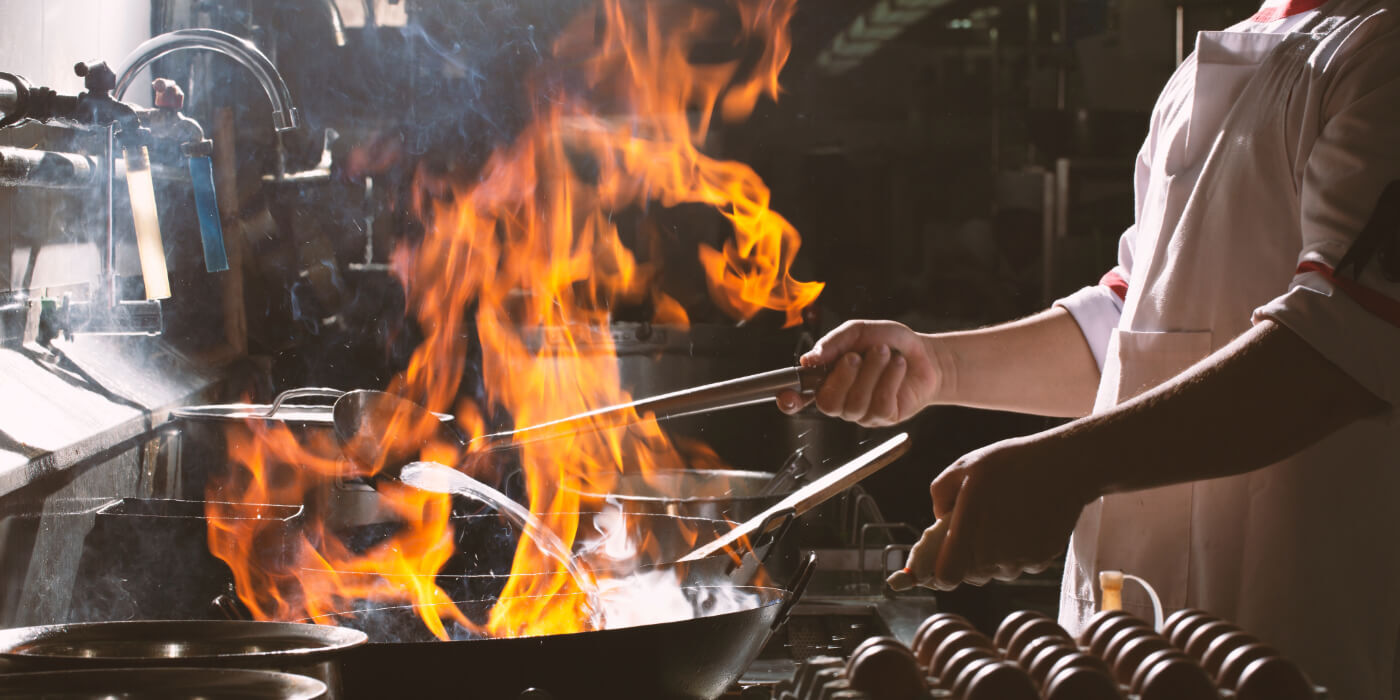The Heat is On: A Fish & Chip Shop Owner's Guide to Summer Kitchen Safety
Posted by Emma on 15th May 2025 Reading Time:
Summer is well and truly upon us—and for fish and chip shop owners, that usually means longer days, busier counters, and a welcome boost in trade. Now is the ideal time to review your setup, refresh your team on safety protocols, and prepare for the challenges of working through a heatwave. So, how hot is too hot—and what steps should responsible employers take to keep their teams safe and operations running smoothly?
No Legal Maximum, But Clear Expectations
In the UK, there is no legal upper limit for workplace temperature. However, the law does require employers to ensure working conditions are "reasonable." According to the Health and Safety Executive (HSE), if a significant number of employees complain about the heat, it's time to take action.
The Trade Union Congress (TUC) has long called for a legal maximum temperature of 30°C, or 27°C, for physically demanding jobs like kitchen work. And while it's not legally binding, it gives a good benchmark for when to start looking at improvements.
What Are the Health Risks?
The NHS warns that heat exhaustion can lead to symptoms like headaches, dizziness, nausea, cramps, and even confusion. If not adequately addressed, it could escalate to heatstroke—a serious medical emergency. Staff should be trained to spot the signs and know when to cool down, hydrate, or call 999.
How to Conduct a Risk Assessment
The HSE outlines specific areas employers should consider:
- Work Rate: Fast-paced kitchens generate more body heat. Simplifying tasks or rotating jobs can help.
- Working Climate: Consider not just temperature but humidity and airflow.
- Clothing: Where PPE isn't mandatory, encourage lightweight, breathable uniforms.
- Health and Age: Some staff members—especially those pregnant, older, or managing health conditions—may be more vulnerable to heat stress.
Practical Steps for a Cooler Kitchen
- Maintain Air Conditioning Units: Ensure filters are clean and belts are tight to avoid breakdowns during peak times.
- Defrost and Clean Refrigeration Equipment: Fridges and freezers work overtime in the heat, and regular maintenance helps them run more efficiently.
- Use Fans and Cooling Towels: Small floor-level fans and cold cloths on the back of the neck can lower body temperatures quickly.
- Prioritise Hydration: Provide reusable water bottles and hydration stations and encourage staff to drink regularly. Bananas or electrolyte drinks are great additions.
- Summer-Appropriate Uniforms: Let staff wear short sleeves and ventilated shoes where appropriate. Look for moisture-wicking materials to keep them comfortable.
Food Safety Management Still Applies
Even in the heat, your legal duties don't melt away. Risk assessments, daily diaries, and training records must be current. If you change your menu or add new equipment like hot holding units, update your documentation accordingly.
Cleaning and disinfection are also non-negotiable. Bacteria love a warm, greasy surface, so make sure your cleaning products are stocked, and your hot water supply is reliable.
Train, Prepare, Comply
Ensure all staff—especially younger or new team members—know the symptoms of heat stress, the importance of hydration, and the location of first aid. Keep certificates and compliance documents ready for inspections by EHOs or event organisers.




